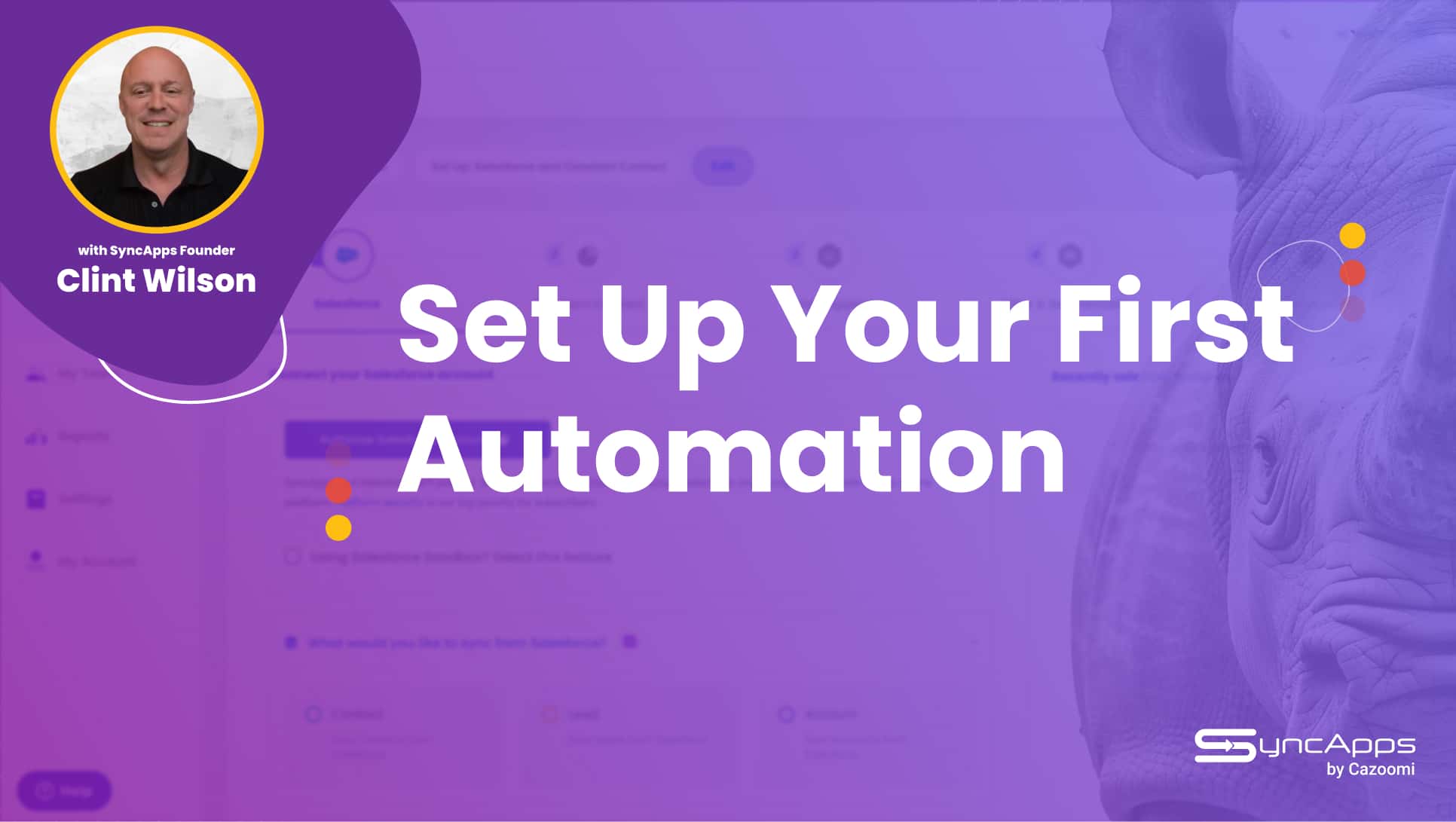
Every organization wants to cut operational cost while still making profits.
Nothing new here, right?
Right! It is the very definition of any business.
However, there are always new, out-of-the-box ways to reduce costs without affecting efficiency. And technology is responsible for a lot of them.
Today, we’re talking about integration tools and how they can help you save a lot of money.
First, let’s cover the basics.
Integrating systems allows for data from different sources to be collected, merged, and displayed as a unified entity.
With integration tools, companies can access information about their customers easily from anywhere. Organizations can model their data, cleanse it, extract it, transform it, and use it to make key decisions in business.
For example, a Salesforce to MailChimp integration shows an organization what its customers, prospects and leads click on when they receive targeted emails.
In a nutshell, data integration helps your business function better and serve customers better. But it does more than that. It saves you money too.
Here’s how.
1. Reduces IT Costs
Integration of tools allows for the consolidation of multiple products into one single infrastructure. This consolidation helps organizations present data easily and analyze it effectively.
More importantly, it reduces inefficiencies and costs that come up when one must rely on multiple databases. It also reduces infrastructure costs and gets all your enterprise solutions under one single license.
2. Forecast Your Business Direction with Accuracy
When you integrate data tools, you can easily forecast the direction in which your business is heading. You don’t need to wait for risks to turn into catastrophes. You can mitigate them early on.
With accurate forecasting, you can plan your finances better, reduce your budget waste, reduce inventory costs, optimize cash flow, and improve your return on investment.
3. Integration Allows for Cooperation
The cooperation of users in the cloud allows employees to have access to relevant information on customers. For example, it can allow the sales team to know which customer pays promptly and which one doesn’t. Or, your marketing teams can gain valuable insights that tell them which customer is ready for an upsell or a cross-sell.
This is made even easier if the data is also available on a mobile phone. The team has access to customer data from anywhere. You save money because you eliminate ‘dead hours’ when your employees are commuting, traveling abroad or on their way to a meeting. With information readily accessible anytime, anywhere there’s no need for them to be in the office to stay on top of issues.
4. Training and Overhead Costs Are Reduced
Integration of data tools cuts on training costs. The IT department does not also have to spend a lot of time maintaining multiple systems.
They also do not have to spend so much time weeding out duplicate data and manually entering the same data into the system every time. Once data is entered, it syncs automatically.
5. You Get Better Business Insights
With integrated tools, a company knows what they need for their future inventory. Information on inventory history, agreements made, and quotes are easy to access.
This reduces cases of having contradictory information, purchasing products when not necessary and running out of products when customers or employees need them. An organization knows when they are about to run out of supplies and reduce the possibility of ordering excess.
6. You Can Improve Your Strategy to Attract and Retain Customers
This is what every business wants, after all. The ability to attract customers and retain them – the lifeblood of any business. In fact, 90 percent of businesses owners agree that a good customer service experience is good for business.
With integration tools, you will know what every individual customer needs. You can properly target their marketing messages or know when the right time to send an email is. Communication becomes easier, and customer needs are met promptly.
Integration tools offer invaluable data like the customer’s personal information, what they purchased with your company, how much they spent, their credit limit, what else they searched for, and so much more.
With this kind of information, you can know what product the customer is loyal to, what items or services they prefer and how you can market to them more efficiently. In other words, it allows you to stay ahead of customer issues.
7. Improve Employee Productivity
Making it easier for employees to work creates a good working environment. It breaks down silos and communication barriers, and it transforms the employee experience by allowing them to innovate, grow and become efficient.
Your employees will not see the need to move from your organization, and this means you won’t need to spend time and money hiring and training employees.
Integration tools improve productivity and efficiency in the workplace, and this saves you money. They allow you to drive collaboration, share information and knowledge, manage information flow, boost productivity, give you a competitive advantage and help cut costs.





